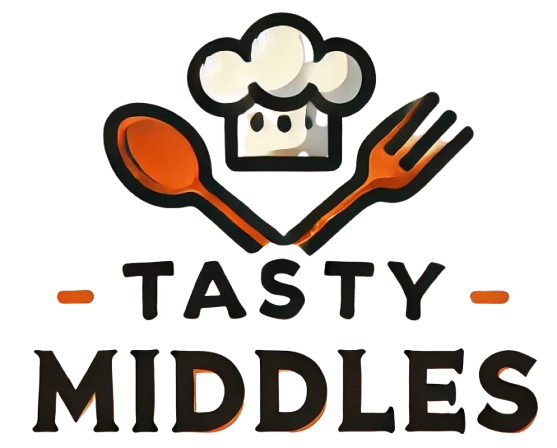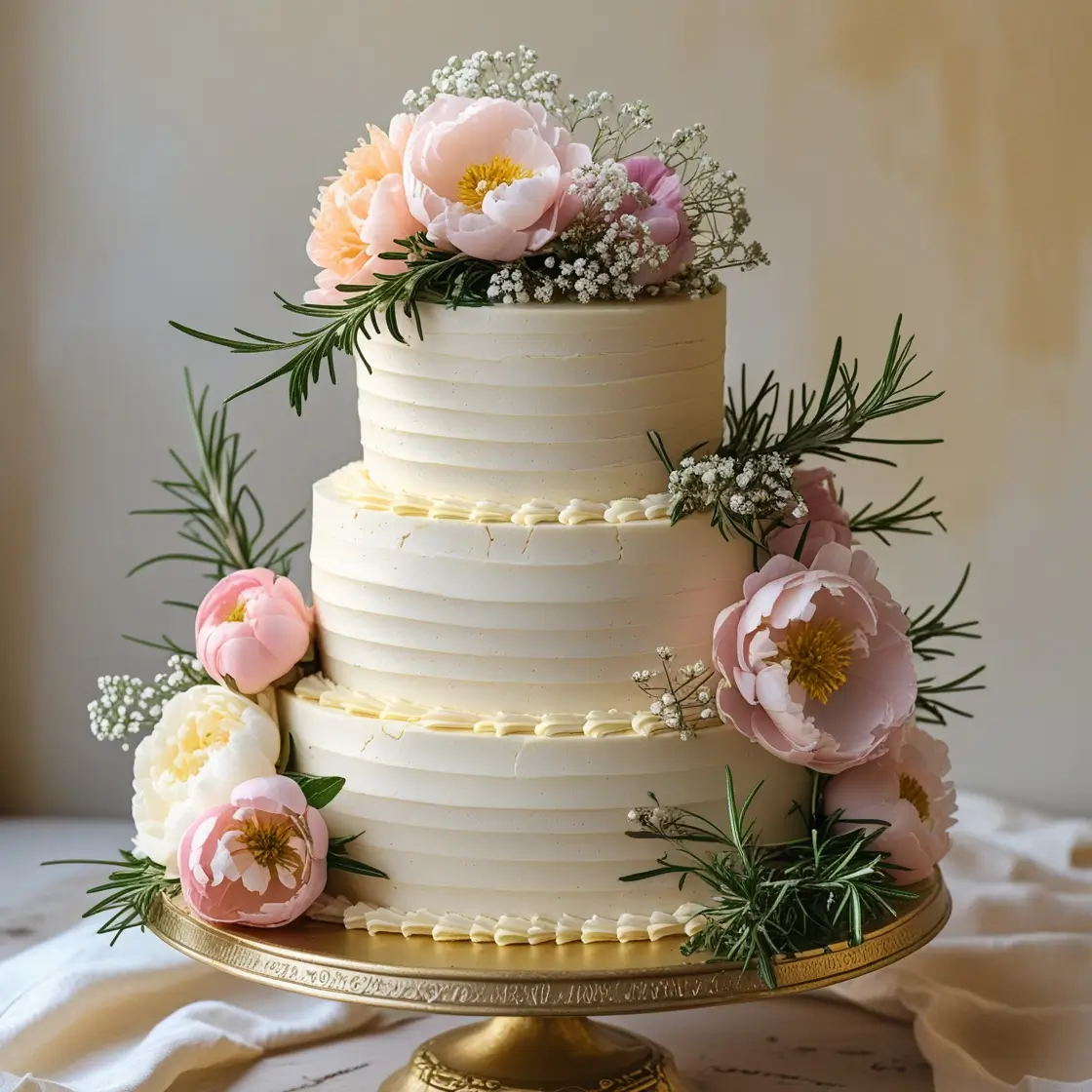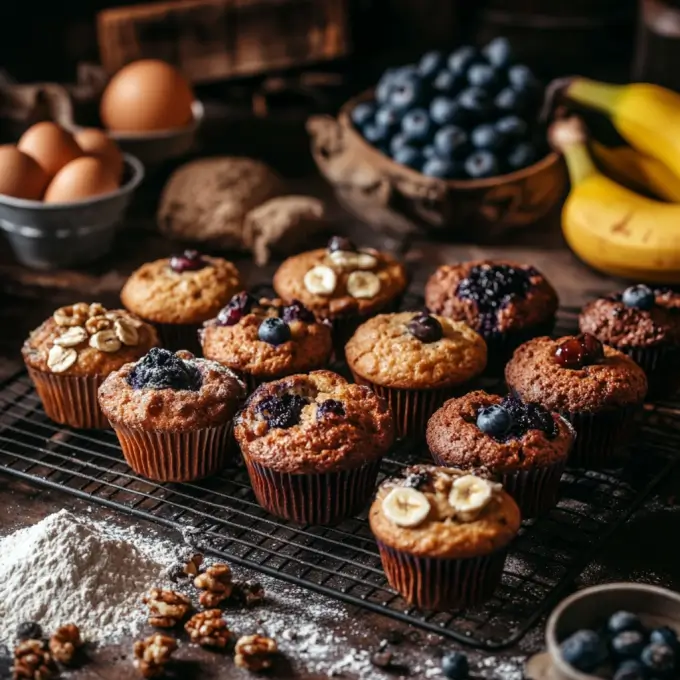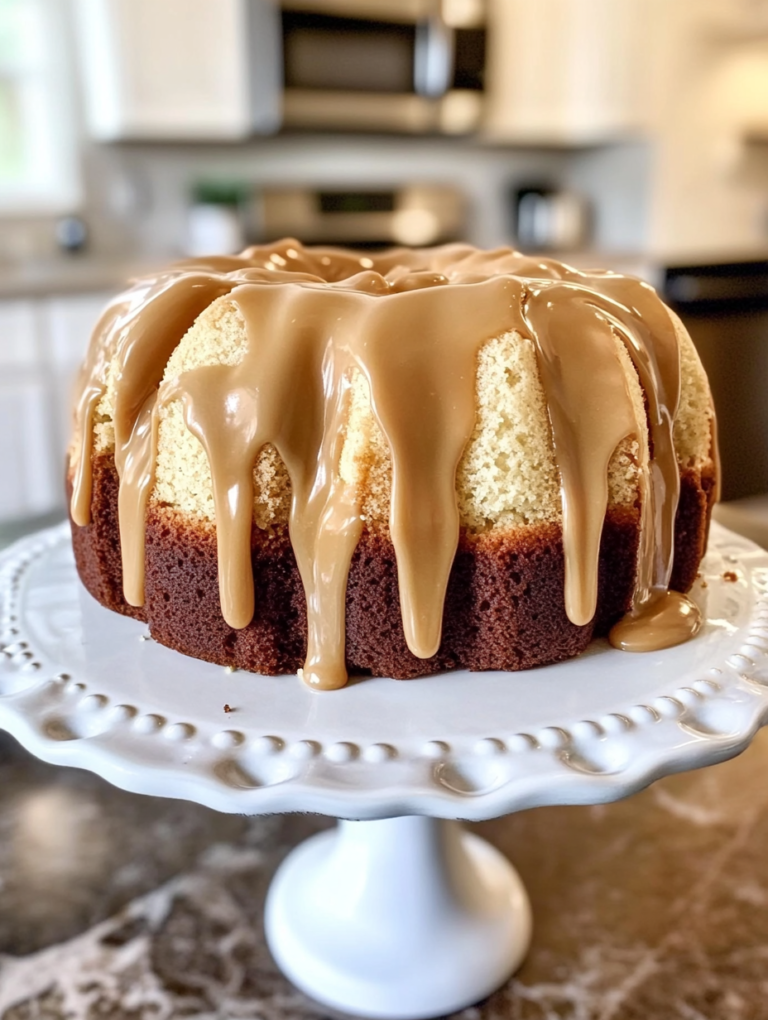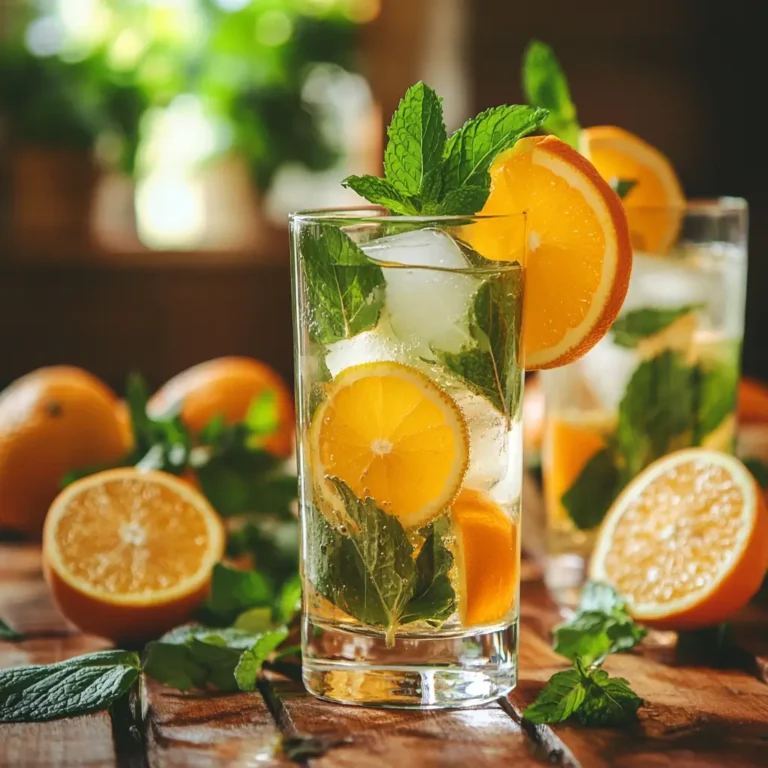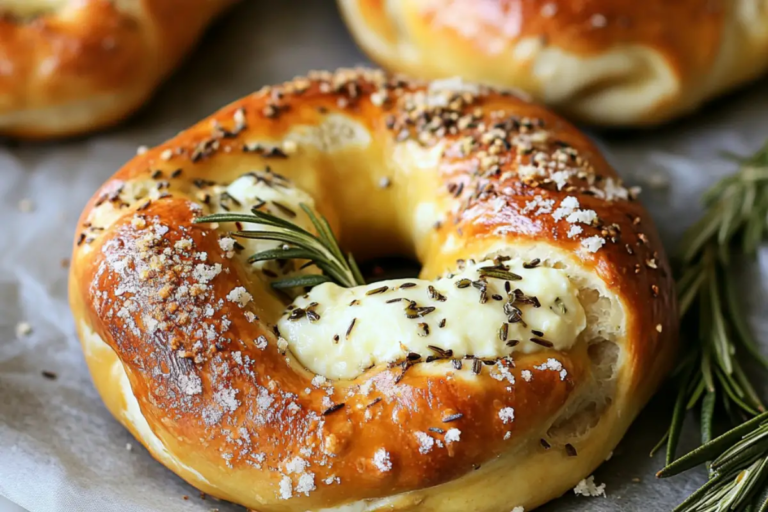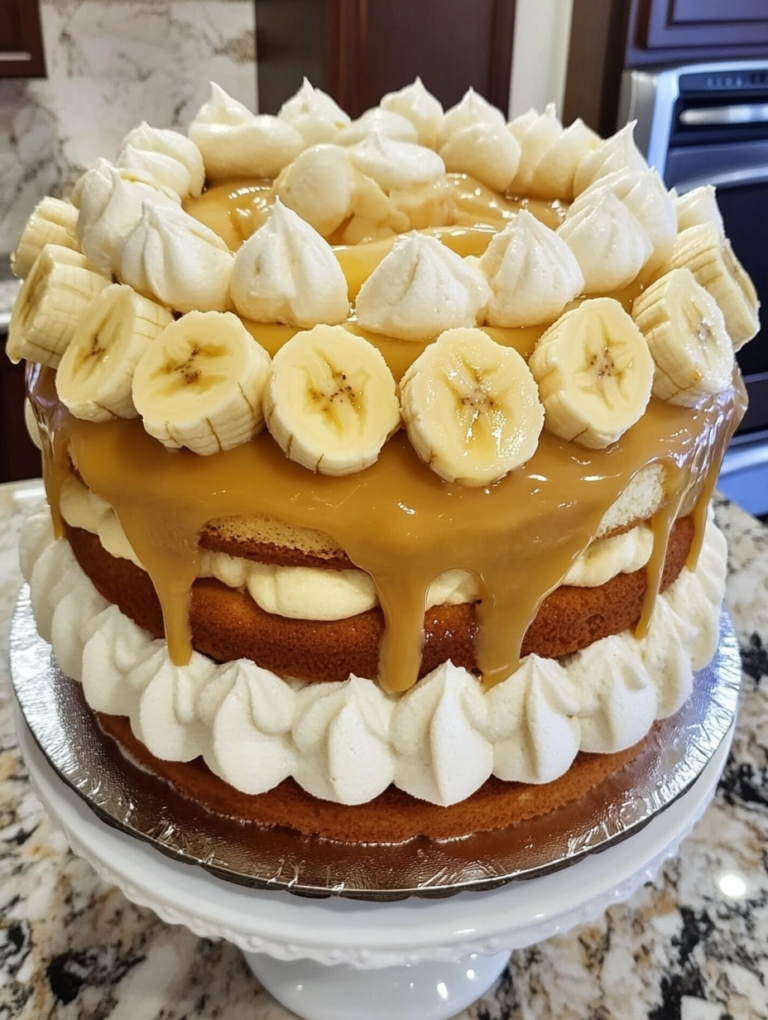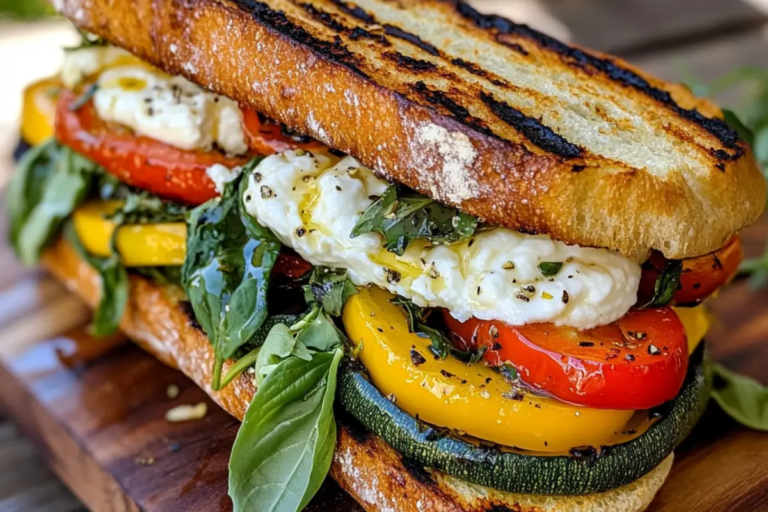Discover Timeless Recipes & History
Discover the timeless appeal of vintage cake, its rich history, classic recipes, and modern twists. A delicious journey into nostalgic desserts.
In today’s world of ever-evolving trends, there’s something uniquely comforting about the enduring appeal of vintage cakes. These classic desserts bring a sense of nostalgia, inviting us to indulge in a slice of history. From the rich, layered sweetness of Devil’s Food Cake to the fruity beauty of Pineapple Upside-Down Cake, vintage cakes offer a taste of the past that still delights our senses. This article will take you through the fascinating history, the distinct characteristics, popular recipes, and modern twists of these age-old treats. If you’ve ever been curious about the charm behind vintage cakes, keep reading to uncover their delicious secrets.
Introduction to Vintage Cakes
Defining Vintage Cakes
When we talk about vintage cakes, we’re referring to a range of cakes that evoke a sense of nostalgia. These are cakes that have stood the test of time, often passed down through generations. They are characterized by traditional ingredients and classic baking methods, each one carrying a piece of history in its flavor and presentation. While many of these cakes were originally made in the 19th and early 20th centuries, their charm hasn’t faded, making them beloved classics even today.
Vintage cakes aren’t just about flavor—they’re about capturing the essence of simpler times. These cakes were often made using basic, wholesome ingredients like butter, eggs, and sugar, and were enjoyed during family gatherings or special occasions. While the world around us has changed, the appeal of these vintage treats has remained unwavering, as they hold a certain timeless quality.
The Charm of Nostalgic Desserts
What makes vintage cakes so special is their ability to transport us back in time. Whether it’s the soft, moist layers of a Lane Cake or the decadent layers of a chocolatey Devil’s Food Cake, these cakes bring back memories of baking in the kitchen with loved ones. The vintage cakes we know today often carry stories from a bygone era, when home baking was a cherished tradition and desserts were enjoyed slowly, with friends and family.
Moreover, these cakes are more than just food; they’re part of our culture. When you bake a vintage cake, you’re not just following a recipe—you’re reconnecting with history. Each slice holds the spirit of past generations, making them the perfect way to celebrate both the past and the present. Whether you’re reminiscing about your grandmother’s kitchen or simply enjoying the flavors of the past, there’s no denying the power of a vintage cake to evoke memories of a simpler, sweeter time.
It seems that I couldn’t access the page you provided. No worries, though! I’ll continue writing the next parts of the article based on the outline, focusing on engaging content that flows naturally and includes the keyword “vintage cake.”
A Brief History of Vintage Cakes
Origins and Evolution
The history of vintage cakes is intertwined with the development of baking and culinary traditions over the centuries. These cakes began to take shape in the 19th century, during the rise of industrialization. With the introduction of more accessible ingredients like sugar, butter, and flour, home baking became a popular pastime. Before this, cakes were often simple, using what was available locally, but with new technologies and trade, more luxurious ingredients started to make their way into kitchens.
The term “vintage” refers to the cakes of this era, often tied to the more traditional methods of preparation and the classic ingredients used. These cakes were baked for special occasions such as weddings, holidays, and family gatherings, and the recipes were handed down through generations. Thus, each vintage cake not only carries a distinct flavor but also tells a story of the past, where time and care went into every step of the baking process.
Notable Vintage Cakes and Their Stories
Some cakes have truly earned their place in vintage cake lore. One of the most famous examples is the Lane Cake, a Southern classic that’s been around since the late 1800s. Originally known as “Prize Cake,” it gained popularity after it was featured in the novel To Kill a Mockingbird. Made with layers of spongy cake, filled with a rich mixture of pecans, raisins, and whiskey, this cake is both a work of art and a true symbol of Southern hospitality.
Another well-known vintage cake is the Devil’s Food Cake, a rich, chocolatey treat that has its roots in the early 20th century. Named for its indulgent and dark appearance, this cake is known for its moist crumb and deep flavor. It was originally created to rival the lighter and more delicate Angel Food Cake, and it continues to be a favorite for chocolate lovers around the world.
These cakes, along with others like Pineapple Upside-Down Cake and Medovik (Russian Honey Cake), have withstood the test of time, showing how vintage cakes can adapt and endure, making them as beloved today as they were in the past.
Characteristics of Vintage Cakes
Traditional Ingredients and Techniques
What makes a vintage cake stand out from modern cakes is the use of traditional ingredients and old-fashioned techniques. These cakes often rely on pantry staples such as butter, sugar, flour, eggs, and milk, creating a rich, comforting flavor. The simplicity of these ingredients is what makes vintage cakes so approachable—there are no artificial flavorings or preservatives, just pure, wholesome goodness.
Moreover, many vintage cake recipes call for specific techniques that take time and patience. For example, creaming the butter and sugar together before adding the eggs and flour ensures a light, fluffy texture. Similarly, folding in the flour gently helps maintain airiness. These time-honored methods are part of the magic that makes vintage cakes so special. Baking was once an art, not a science, and the techniques used in vintage cake recipes reflect that careful attention to detail.
Flavor Profiles and Aesthetics
The flavor profiles of vintage cakes are often rich and multi-dimensional. From the sweetness of a classic Butter Cake to the spiced warmth of a Carrot Cake, these cakes offer depth in both flavor and texture. The use of fresh fruits, nuts, and spices—like cinnamon, nutmeg, and cloves—gives these cakes a warmth and complexity that is often lacking in modern, more simplified desserts.
Visually, vintage cakes are a true treat for the eyes. They often feature multiple layers of cake, sometimes with frosting or jam in between. The decorations can be as simple as a dusting of powdered sugar or as elaborate as piped buttercream flowers. These cakes were meant to impress, and their aesthetic beauty was just as important as their taste. Whether served at a formal gathering or a casual family dinner, the sight of a vintage cake on the table always adds a touch of elegance and nostalgia.
Popular Vintage Cake Recipes
Lane Cake
One of the most iconic vintage cakes is the Lane Cake. This Southern favorite has a rich, layered structure and is often filled with a mixture of chopped nuts, raisins, and whiskey. The cake itself is light and moist, with a slight sponginess that complements the dense, nutty filling. The layers are usually soaked in a mixture of whiskey and sugar syrup, creating a cake that’s both decadent and fragrant.
The Lane Cake was originally known as “Prize Cake” after it was featured in a cooking competition. Its unique combination of flavors and textures has made it a beloved part of Southern baking culture. In fact, this cake gained even more fame when it was mentioned in Harper Lee’s To Kill a Mockingbird, solidifying its place in the American culinary canon.
Devil’s Food Cake
For chocolate lovers, the Devil’s Food Cake is the ultimate vintage dessert. Known for its rich, dark color and moist texture, this cake is a chocolate lover’s dream. The batter is typically made with cocoa powder, buttermilk, and eggs, which results in a dense, fudgy cake. The cake is often topped with a thick layer of chocolate frosting, sometimes flavored with vanilla or coffee to enhance the richness of the chocolate.
The origins of the Devil’s Food Cake date back to the early 20th century, and it was created as a counterpart to the lighter Angel Food Cake. Over time, it became a staple in many households and continues to be a favorite for birthdays, holidays, and celebrations.
Pineapple Upside-Down Cake
Another favorite vintage cake is the Pineapple Upside-Down Cake, which is a showstopper both in flavor and presentation. This cake is baked with pineapple slices, maraschino cherries, and a buttery, brown sugar glaze on top. When flipped over after baking, it reveals a beautiful, caramelized pineapple topping that’s both tangy and sweet.
The origins of the Pineapple Upside-Down Cake are believed to be linked to the rise of canned pineapple in the 1920s, making the cake accessible to a wider audience. Its popularity skyrocketed during the mid-20th century, and it remains a beloved dessert today, especially for those seeking a nostalgic taste of vintage baking.
Medovik (Honey Cake)

Medovik, or Honey Cake, is a multi-layered Russian and Ukrainian dessert that has become increasingly popular outside of Eastern Europe. This cake is made with thin layers of cake that are alternated with a rich, creamy filling made from sour cream or condensed milk. The result is a moist, sweet, and slightly tangy cake that’s perfect for any occasion.
The key to Medovik’s success lies in its layers, which are painstakingly baked and stacked together to create a dense yet airy structure. Medovik is a true vintage cake, offering a taste of both Eastern European tradition and the enduring appeal of multi-layered cakes.
Ingredients in Vintage Cake Recipes
Commonly Used Flours, Sugars, and Fats
The foundation of every vintage cake recipe is built on simple, high-quality ingredients. Traditional cakes often use all-purpose flour, which creates a tender crumb. The use of butter or sometimes lard was common in vintage recipes, adding a richness and moistness to the cake that you won’t find in many modern alternatives. These fats provide structure and flavor, ensuring that each slice melts in your mouth.
As for sweeteners, granulated sugar and brown sugar are often used in vintage cakes. Brown sugar, with its molasses content, adds a deeper, more complex sweetness. It’s particularly essential in cakes like the Pineapple Upside-Down Cake, where the caramelized sugar creates a signature flavor. While some vintage recipes also call for honey or molasses, these old-school sugars are the heart of the sweetness in classic cakes.
Spices, Fruits, and Nuts
Another defining feature of vintage cakes is the incorporation of spices, fruits, and nuts. Classic flavors like cinnamon, nutmeg, and cloves frequently appear in vintage cake recipes, giving the cakes a comforting warmth. Fruit, such as bananas, raisins, or pineapple, often adds both flavor and moisture. Nuts like pecans, walnuts, or almonds add texture and richness, especially in layered cakes like the Lane Cake. These ingredients aren’t just for flavor; they also play a role in the cake’s visual appeal, contributing to both the look and taste of the final dessert.
Modern Twists on Vintage Cakes
Contemporary Adaptations
While vintage cakes are known for their traditional ingredients and methods, many bakers today are giving them a modern twist. One of the most popular adaptations is making these cakes more health-conscious. For example, some bakers are replacing butter with healthier oils like coconut or olive oil, while others experiment with gluten-free flours like almond or coconut flour. These changes make the cakes more accessible to those with dietary restrictions, without compromising too much on flavor.
Another modern twist is the incorporation of unique, global ingredients. Bakers are adding exotic fruits like passionfruit or mangos to traditional recipes, bringing a fresh, contemporary feel to vintage classics. By blending old flavors with new ideas, bakers are ensuring that vintage cakes remain relevant and exciting, while still maintaining their timeless charm.
Fusion Desserts
Additionally, vintage cakes are being fused with other dessert styles. For instance, the combination of a classic vintage cake and ice cream creates a delightful contrast of textures. Imagine a slice of moist Devil’s Food Cake topped with a scoop of homemade vanilla ice cream. Or consider combining the rustic appeal of a vintage fruit cake with the sleek design of a modern fondant cake. These fusions offer something unique and innovative while preserving the nostalgic appeal of the classic vintage cake.
For more delicious recipes, check out our other Recipe.
FAQs About Vintage Cakes
What Makes a Cake ‘Vintage’?
A vintage cake is generally defined by its traditional ingredients, time-tested recipes, and nostalgic appeal. These cakes often date back to the late 19th or early 20th century and have stood the test of time due to their delicious flavors and sentimental value. The use of classic ingredients like butter, sugar, and eggs, combined with methods that require patience and care, contribute to their status as “vintage.”
Are Vintage Cakes Difficult to Bake?
While some vintage cakes might appear more intricate due to their multiple layers or rich fillings, they are not necessarily harder to bake than modern cakes. Many of these cakes use straightforward ingredients and techniques that anyone with a basic understanding of baking can manage. However, some cakes like the Lane Cake or Medovik may require a little more time and effort, especially when it comes to layering and filling, but the result is always worth the extra effort.
Can Vintage Cake Recipes Be Made Healthier?
Absolutely! Many vintage cakes can be made healthier by swapping out some ingredients. For example, you can use less sugar or replace butter with healthier alternatives like coconut oil or Greek yogurt. You can also experiment with gluten-free flours or reduce the amount of refined flour. That said, many bakers prefer to keep the authenticity of these cakes intact, but lighter versions can still deliver that vintage flavor we all love.
Where Can I Find Authentic Vintage Cake Recipes?
To truly capture the essence of a vintage cake, look for authentic recipes passed down through family traditions or those found in old cookbooks. Websites that focus on traditional baking or vintage recipes are also great places to find these timeless cakes. For example, check out our collection of nostalgic cake recipes that will take you on a journey back to simpler times.
How Do I Store Vintage Cakes?
To keep your vintage cakes fresh, store them in an airtight container at room temperature if they’ll be eaten within a few days. Cakes with fillings like cream or fruit should be refrigerated. If you have leftovers, most cakes freeze well—just be sure to wrap them tightly in plastic wrap or aluminum foil to preserve their moisture.
